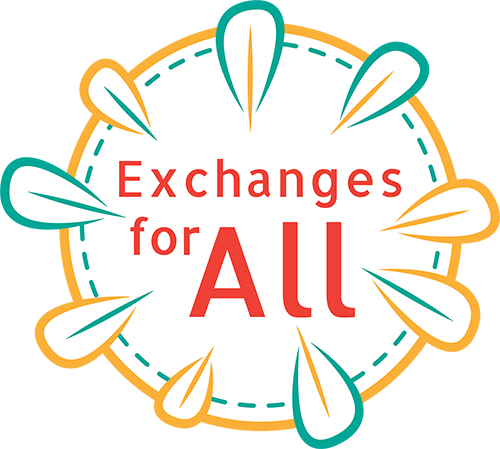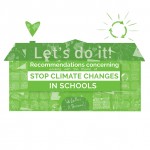Falkenbergsskolan, Sweden
· Age group: 8th grade
· Time: 5×50 minutes
· Subjects: Geography (you can easily include; civics – social science, chemistry, physics and biology) and further more work with it in art class.
You can also extend the project in subjects as: Swedish and/or English if the students work with texts in the form of debate articles, argumentative texts or source criticism (information evaluation).
After the Study visit at our local university; Linnéuniversitetet , and their lecture about the research they do around eutrophication (over fertilization) and the solutions they work with, we went on to study the human activity, exploitation and mismanagement of the Baltic seas water and wildlife on the geography lessons.
We structured the lessons and the lectures about our four primary industries where we get all our raw materials from (agriculture, forestry, mining and fishing) and more specific
around the fish specie cod. We studied statistics and reports about the Baltic Seas statue of health over the last 40 years and the more and more alarming situation for the species in our sea.
We used additional study material in the form of three documentary films:
“Every Cod – The Baltic Sea – what we should know about the fishing industry”
“Our dirty sea – what we should know about eutrophication”
“The second wave –Toxins in the sea”
www.balticsea2020.org Our Baltic Sea Media Project 2007-2017
In class the main goal is to discuss about sustainable development, about finding new ways and solutions to live our lives with less negative impact on our environment. Get knowledge what we could do
to stop:
eutrophication (from the agriculture),
overfishing (from the fishing industry)
toxins emissions (from the industries, agriculture and the forestry)
to get:
sustainable waters, both salt and sweet water and a sustainable usage of these.
What did the students say?
” Wow humans are real good at breaking stuff”
”It’s hard to understand that we haven’t done more earlier on to get to the problems we see now”

